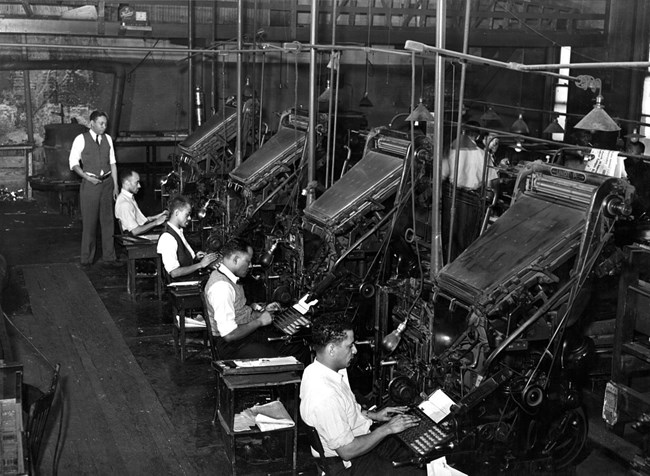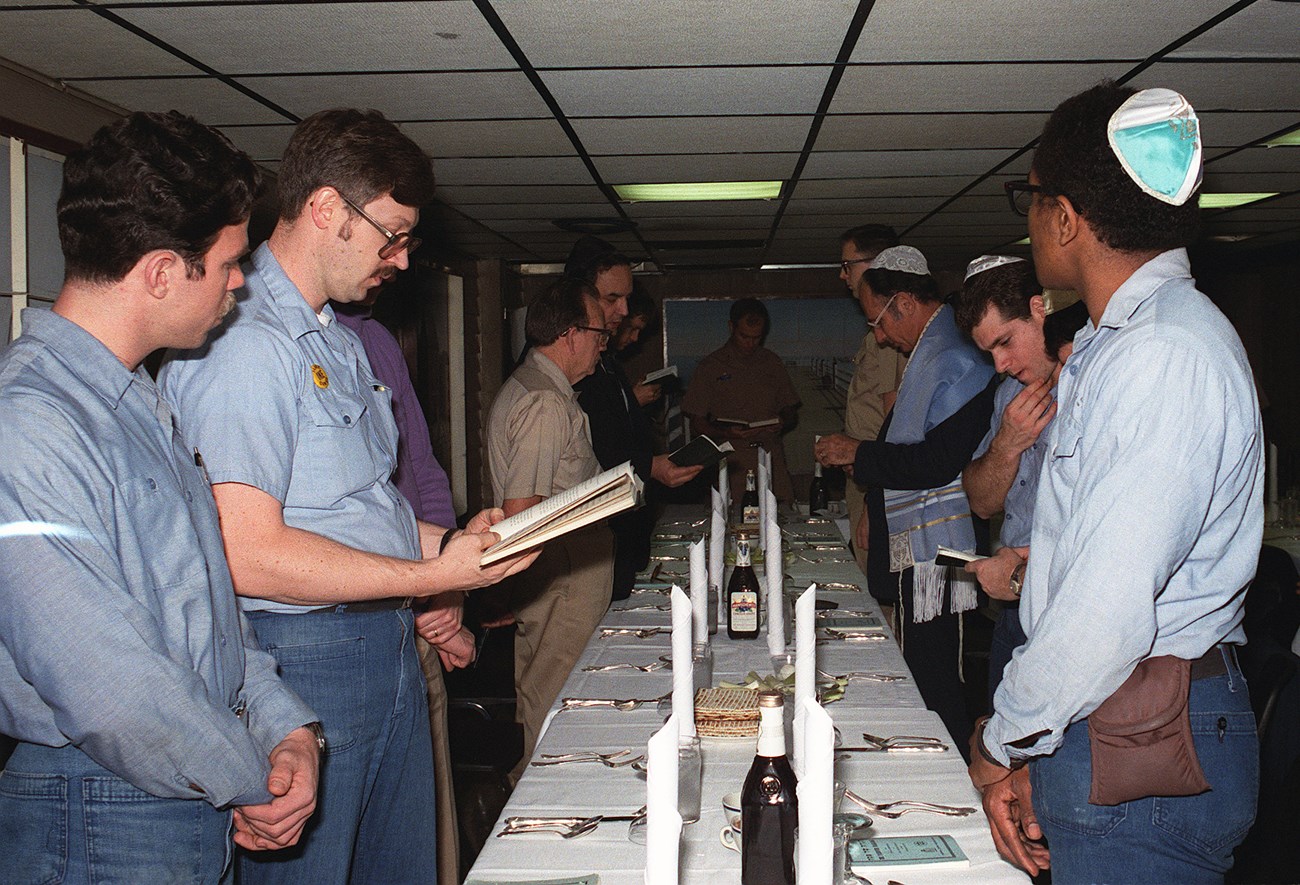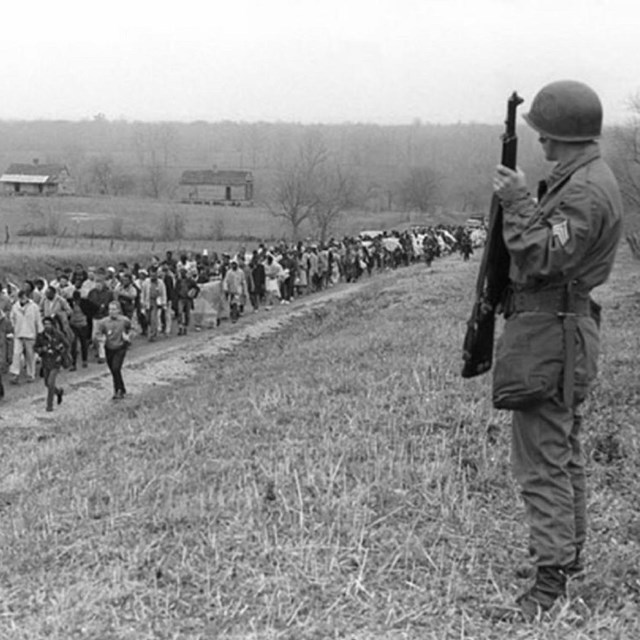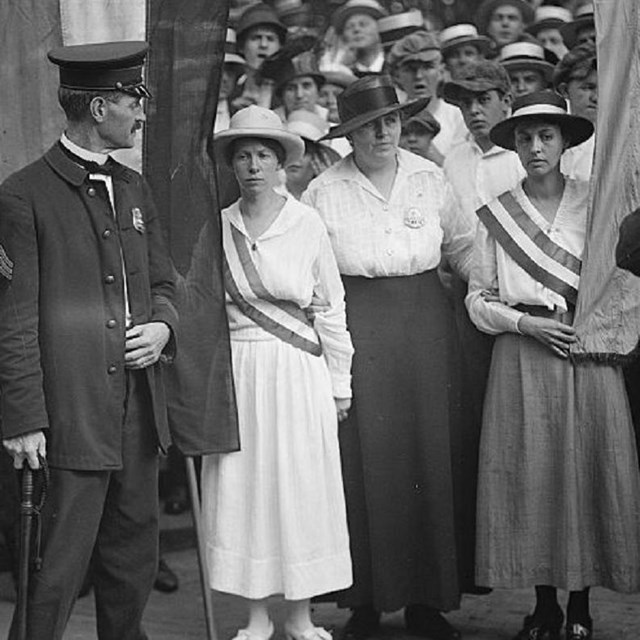

Photo 2

Photo 3

Photo 4

Photo 5

There are many excellent teaching resources about First Amendment freedoms, including full lesson plans. The following resources are all available online at no cost.
Bill of Rights Institute
The Bill of Rights Institute has a page of educator resources on the topics of Freedom of Assembly, Freedom of Religion, Freedom of Speech, and Freedom of the Press. There is also a Student Rights page, includes First Amendment freedoms. Each page includes “eLessons” in a variety of formats as well as links to high-quality articles about relevant current events.
National Constitution Center
The National Constitution Center’s lesson plans include First Amendment topics. There are First Amendment lesson plans available for middle and high school grades.
National Archives
The National Archives’ DocsTeach program has activities about the First Amendment for upper elementary and middle school students. The Archives website also has a free eWorkbook, Putting the Bill of Rights to the Test, about the Bill of Rights, and an eBook, Congress Creates the Bill of Rights, about the history of the Bill of Rights’ passage.

Learn how people in Selma, Alabama worked together to end the unconstitutional denial of voting rights to African Americans.

Learn how a group of determined women selected Lafayette Park, across from the White House, to demonstrate for their right to vote.



Learn how activist, journalist, and lawyer Mary Ann Shadd Cary worked to bring new opportunities for African Americans freedom seekers.

Trace the evolution of this Maryland site from a chapter of the Chautauqua movement, to an amusement park, to a national park.
Part of a series of articles titled Teaching Engaged Citizenship.